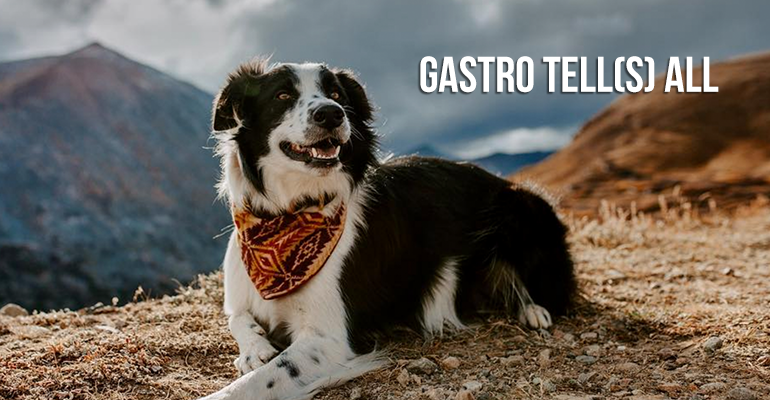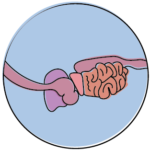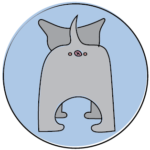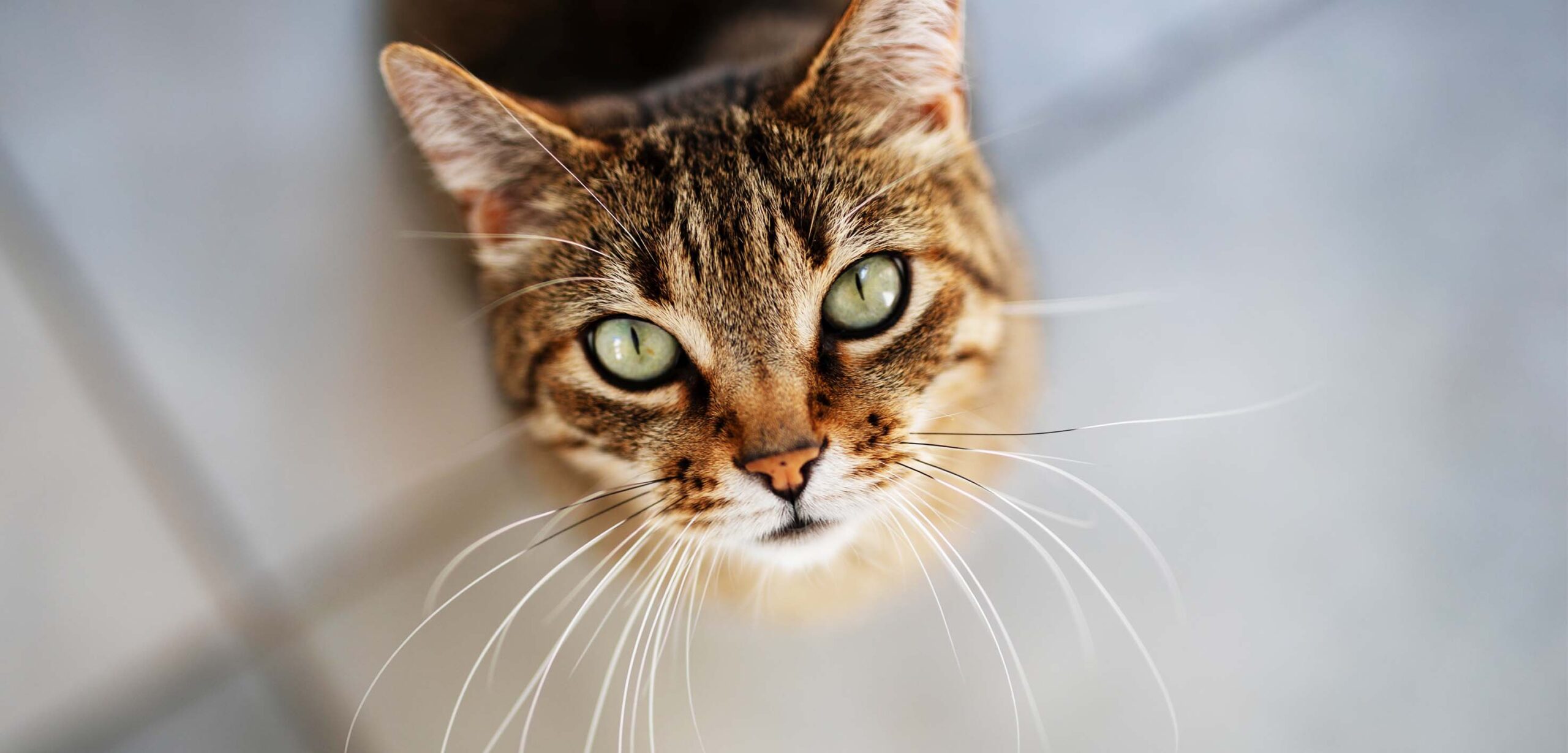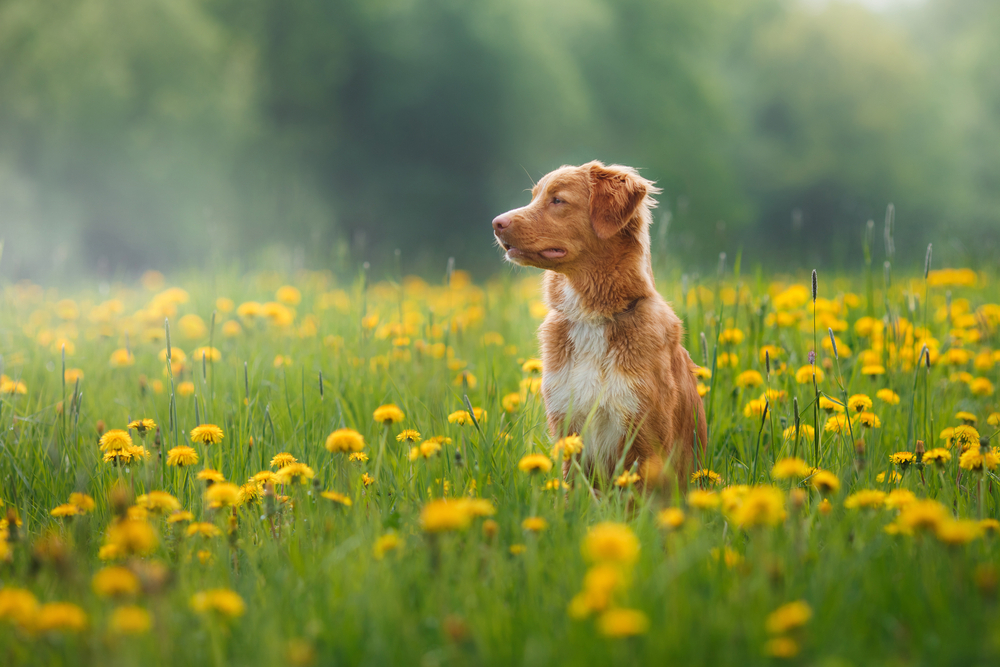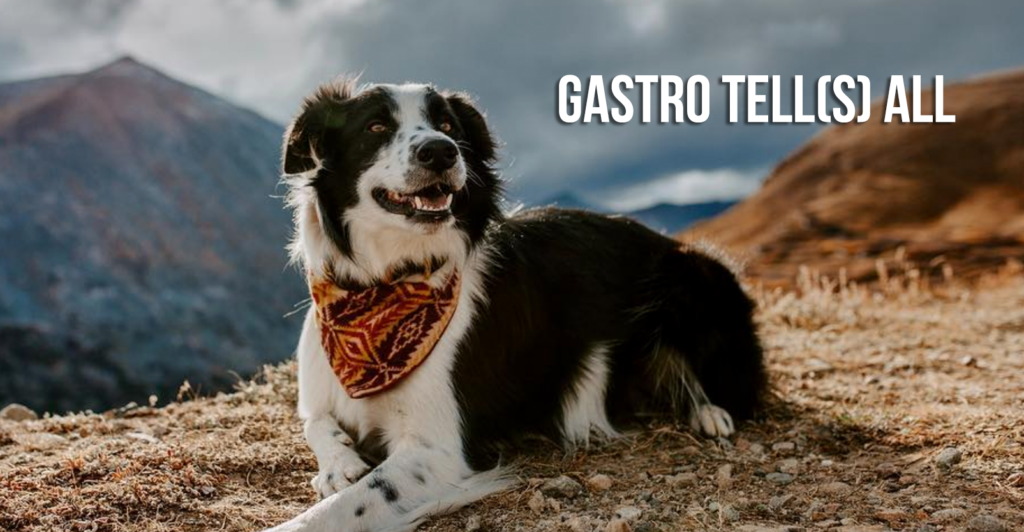
The gastrointestinal system of a dog is a magically complex place filled with wonder (and poop, assuming your pup is regular) likened to a well-oiled machine when it’s functioning properly. If I had a magical school bus I’d take this time to say, “hold your hats!” and then we’d shrink down, zooming (humanely!) into the mouth of a happily oblivious doggo on our way to digestive discovery! Unfortunately, I lent it to a friend and as you can imagine, microscopic buses are easily misplaced. I hope you’ll forgive the blunder and settle for this dog digestive system diagram because understanding the complexities of the gastrointestinal (GI) system will help you recognize whether your own dog’s digestive health is up to snuff. Let’s start by breaking down how your dog processes food.
Stomach → Small Intestine
When the food arrives in the stomach, high levels of hydrochloric acid get to work breaking down food. (Your dog is full and generally naps at this point.) The food has liquidized by the time it reaches the small intestine so that it can be completely digested there. The small intestine is basically a hollow tube, four times the length of your dog’s body, that has small holes to let digestive juices from the pancreas and gallbladder enter. The lining of the small intestine absorbs almost all of the nutrients using villi (think of bristles on a toothbrush), and enzymes (from the pancreas) are present for digestion. Once the nutrients are digested into building blocks (thanks, enzymes), the villi absorb the nutrients into the bloodstream and transport them to various cells, tissues, and organs in the body (science!).
Large Intestine & Colon → Rectum
The large intestine is about two feet long, made up of the colon and rectum, and has some big jobs because it’s the last section of the GI tract. The colon is the area where good bacteria live, producing vitamins, digesting fibers, while also eliminating waste and absorbing fluids from the food that’s ingested (nbd). The colon has the daunting task of keeping hydration in the body at a constant level.
It’s important to note that too much “bad” bacteria can cause gastric problems in dogs including diarrhea, soft stool, gas, and gurgley guts.
The large intestine is also responsible for storing waste until it’s passed through the rectum onto (hopefully) an approved lawn where responsible pet owners’ bag and dispose of it properly. You also really can’t talk about the rectum of dogs or cats without discussing anal glands. Dogs and cats have anal sacs which are essentially small pouches of fluid located on either side of the anus (an extension of the rectum). Each animal’s anal gland fluid has a distinct smell (why dogs greet each other butt first). When solid stool passes through the anus it puts pressure on these glands and the fluids are released from the body, otherwise known as expressing. The sacs should be expressed naturally then every time your dog or cat poos (good job!).
The human, feline, and canine digestive system share many similarities. Our four-legged friends have nearly identical digestive organs that use the same pathways to absorb nutrients and expel leftovers. There are also quite a few differences between these systems though, which make each unique.
Here’s a short list of “did you knows” to wow in conversation:
- Cats, dogs and humans have a different number of pearly whites: adult cats have 30, adult humans, 32, and adult dogs a whopping 42 teeth. Canine and feline jaws also operate differently than human jaws. We’re able to move up and down, side-to-side because we tear, grind and chew our food, but dogs and cats only move up and down because their teeth are designed for ripping, tearing, and crushing.
- As carnivores, dogs and cats have much shorter digestive tracts compared to humans. Dogs and cats have less time to absorb nutrients because of this and have a harder time digesting more complex foods like plants and grains. If you’ve seen a dog snacking on poo it’s because it’s packed with pre-digested plant-based nutrients. (A yucky but nutritious little pick-me-up for your furry friend!)
- Cats and dogs evolved eating raw meat (being carnivores and all), making their systems practically designed to handle a certain number of bacteria. Thanks to shorter intestinal tracts and higher levels of acidity in their stomachs, decaying meat works its way through their systems in hours rather than days, making it much harder for bacteria to take up residence in an animal’s stomach.
- Cat anal glands are only one type of scent gland a cat has. The other cat scent glands are located on their paw pads, cheeks and their head. (When your kitty brushes her head up against your leg she’s really saying you’re mine now… aww.)
Maintaining a Healthy Gastrointestinal System
The best way to support your pet’s G.I. system is by staying true to a species-appropriate diet. For cats and dogs, this means a high-moisture, high-protein diet is most beneficial to their health and the easiest on their digestion system. To further promote digestive support for dogs and cats, you can also consider a daily digestive supplement since even the healthiest pets need help staying regular.
Because your dog and cat’s bowel movements (or lack thereof) are so telling of their overall digestive health, bowel health needs to be top of mind for pet owners. This brings us back to the topic of anal sacs. As a refresher, anal sacs can be found on either side of the anus and need to express fluids regularly with the help of a normal, firm stool. Issues with these glands are caused by soft stool and its inability to assert enough pressure for expression. (All paws point to the colon as the soft stool culprit, by the way.) Dog and cat impacted anal glands occur because the sacs over-fill and clog. If your dog scoots, for example, he’s trying to relieve itchiness in his anal glands. Other symptoms of clogged, inflamed, and infected anal glands include excessive licking or biting at the area (because it’s rather painful and itchy). Adding fiber to your dog’s diet can help firm up their stool and keep anal glands from clogging again, but as to questions like how to express dog glands, it’s best to speak with your veterinarian.
Understanding how a healthy GI system works may help you recognize whether your cat or dog has an upset stomach, a sensitive stomach, or any variation of GI tract inflammation. Unfortunately, dog and cat digestive issues seem to be a rising trend. More than 6.5 million dogs and 12.4 million cats suffer from chronic digestive problems, according to the MRC Omnibus Study, so if you ever have to brave digestive issues with your furry friend, learning more about how their systems should be functioning is a good place to start.
Cover Photo Credit: @5280coloradodogs
